Market Trends
Key Emerging Trends in the Mucormycosis Market
Mucormycosis, a rare but serious fungal infection, has witnessed a surge in attention and concern in recent times, leading to a notable impact on the market trends associated with its treatment and management. The market for mucormycosis-related products and therapies has experienced a significant upswing, driven primarily by the increasing incidence of the infection, particularly among individuals with weakened immune systems or pre-existing health conditions.
One of the key market trends in the realm of mucormycosis is the heightened demand for antifungal medications. As healthcare professionals grapple with rising cases of mucormycosis, there has been a surge in the prescription and administration of antifungal drugs to combat the infection. Pharmaceutical companies are responding to this demand by developing and manufacturing novel antifungal agents, aiming to provide more effective and targeted treatments for mucormycosis patients.
In addition to pharmaceuticals, the medical community has witnessed a growing interest in surgical interventions for mucormycosis cases. Given the invasive nature of the infection, surgical removal of infected tissue becomes a crucial component of the treatment strategy. This has led to an increased demand for advanced surgical tools and techniques, fostering innovation in the field of surgical interventions for mucormycosis.
The market trends also reflect a heightened focus on early detection and diagnosis of mucormycosis. With the infection's rapid progression and potentially severe consequences, there is a growing emphasis on developing diagnostic tools that can detect mucormycosis in its early stages. This trend has spurred investments in research and development aimed at creating more accurate and efficient diagnostic tests, thereby facilitating prompt and targeted treatment.
Amidst these trends, the global mucormycosis market is experiencing a shift in geographical hotspots. While mucormycosis has historically been more prevalent in certain regions, recent outbreaks and cases have been reported in diverse locations worldwide. This has led to a more widespread concern and a global perspective on the market, prompting collaborations and partnerships among international healthcare organizations, pharmaceutical companies, and research institutions to address the challenges posed by mucormycosis on a broader scale.
The economic aspect of mucormycosis market trends is also noteworthy. The increased demand for antifungal medications, surgical interventions, and diagnostic tools has stimulated economic growth in the healthcare sector. Pharmaceutical companies are witnessing a surge in revenue as they respond to the rising demand for mucormycosis-related products, while healthcare facilities are investing in infrastructure and expertise to manage and treat the growing number of cases.
However, challenges persist in the mucormycosis market, including the need for affordable treatment options and global accessibility. As the market evolves, stakeholders are grappling with the task of ensuring that effective treatments are not only developed but also accessible to a broader population, including those in lower-income regions.

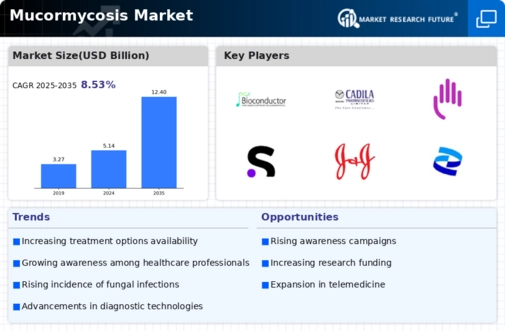
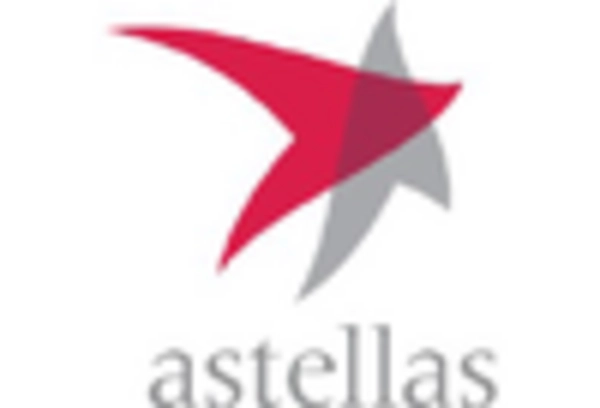

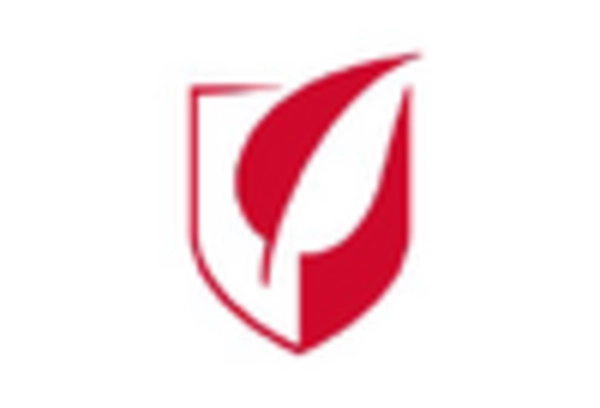

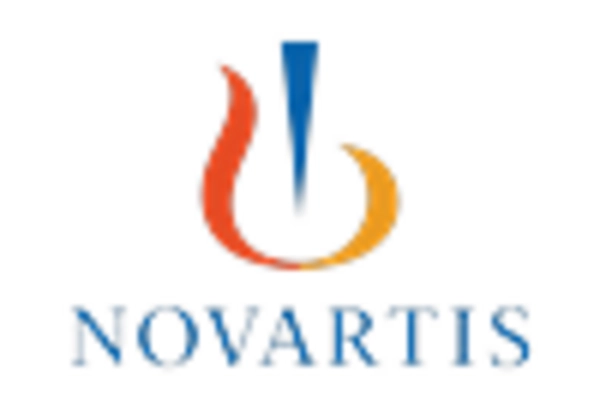
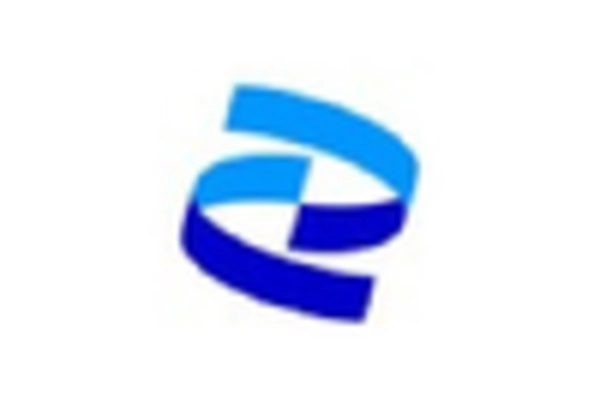









Leave a Comment